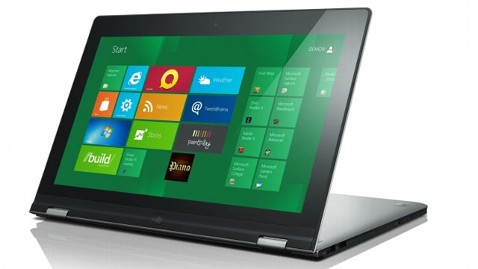It is interesting that this was used considering the fact that Microsoft did not use their longtime partner for mobile processors when they developed the Surface Tablet. Usually Microsoft sticks with Qualcomm, but for some reason they opted for nVidia’s Tegra 3 for the WiFi only Surface with Windows RT. The speculation is that nVidia had a head start on many other manufacturers as they have been developing Windows based drivers for a very long time. This is very true and covers not just
video drivers, but also chipset, networking, audio and more. nVidia has a long history with Microsoft and was behind Microsoft’s push for Windows on ARM (which later became Windows RT) from the beginning. If Microsoft was truly showing people how it is done they would have used Qualcomm and worked to fix the driver issues that have been found.
nVidia’s success will help longtime partners and or it may motivate other companies that cannot rapidly change suppliers to abandon Windows RT for now in favor of the x86 (Pro) version of Windows. With the x86 version of Windows 8 they have both AMD and Intel to choose from and have more access to drivers and support. If this is the case we can expect to see the Windows 8 launch skewed in the direction of the Pro version and the Windows RT tablets that are on the market to heavily favor nVidia and their Tegra 3 line.
We are hearing that Lenovo will be working with nVidia to develop their Windows RT tablets. These new products are being seen as potential competitors for Microsoft’s Surface. The new Tegra 3 based tablet from Lenovo is called the Yoga. When you first take a look at it the product looks like a regular notebook. However the screen is able to tilt back more than 180 degrees to rest against the back of the keyboard or to act as a stand.
Lenovo is one of the first major OEMs to move to nVidia’s Tegra for their Windows RT devices. They follow Asus, who has been using nVidia in their products since the first Transformer tablet. We are expecting to see more companies move to nVidia as the run up to October 26th continues. That is unless they can figure out some of the driver issues going on. If what we are hearing is accurate that might be more difficult than is sounds due to some of the new locks that Microsoft has put in place on the Windows RT OS. It is many of these restrictions (to legacy portions of the OS) that appear to be the culprit for some. Maybe if Microsoft simply relaxed their grip on Windows RT they might find that their partners and the consumer will be more excited about the new OS, but we doubt that Ballmer will give up on his dreams for a continuous revenue stream through the cloud and the Microsoft Store anytime soon no matter how many OEMs switch to nVidia…
Discuss this in our Forum



